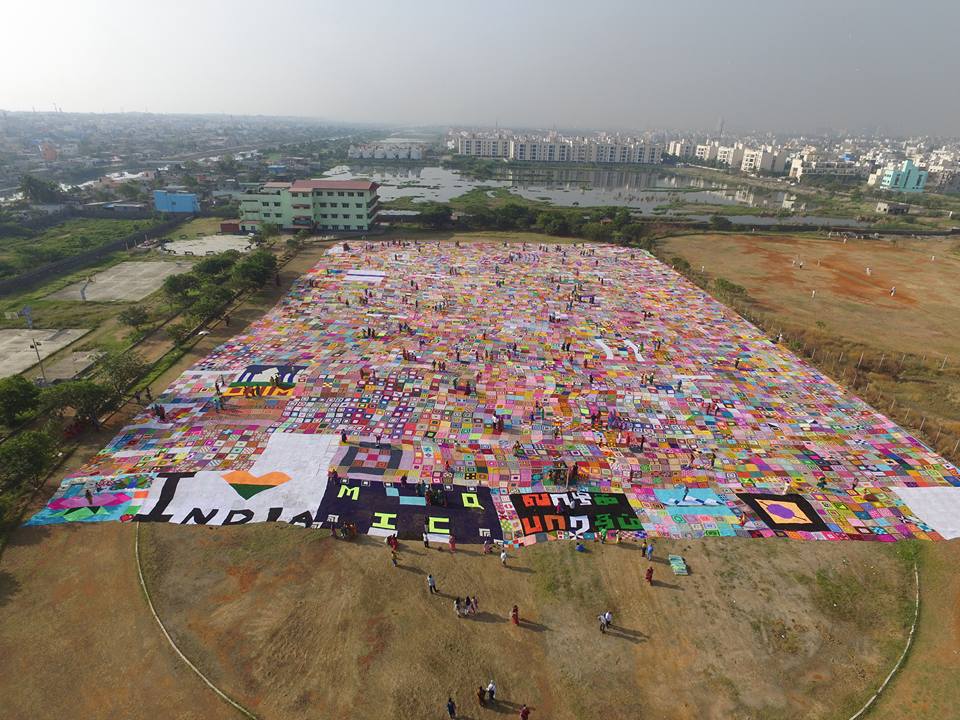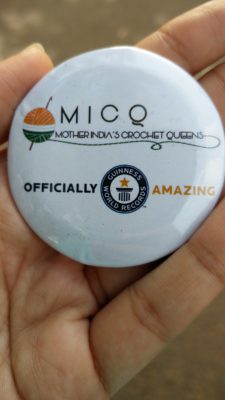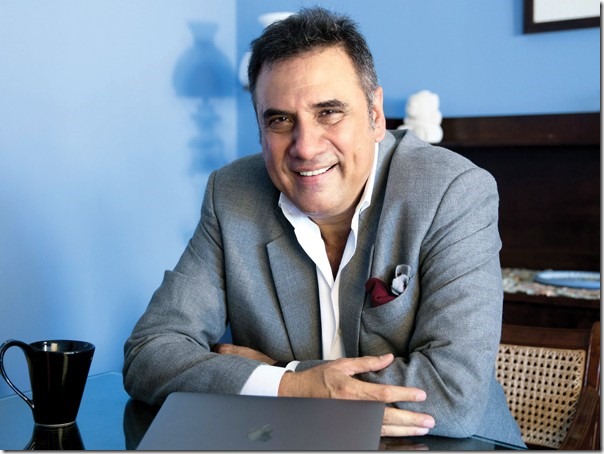My uncle, Rusi Nadirshah Dinshaw, was the last of a family of noted gentleman cricketers, and had the notable distinction of being the first non-Muslim and the only Parsi-Zoroastrian to be a member of the Pakistan test team.
Article by Farishta Murzban Dinshaw

The former captain of Pakistanis cricket team, Hanif Mohammad, who was also a member of the 1952-53 team to India, described him in Pakistan’s major daily newspaper, DAWN, as a “gentleman cricketer”. He said, “He was an elegant looking batsman and a very nice company…I remember that when we were introduced to the President of India, Dr Rajinder (sic) Parshad in the President’s House at Delhi, the President asked me, ‘Which one amongst you is the only Parsi cricketer in your team?’ And I immediately pointed towards Rusi.”
I do not have any childhood memories of Rusi kaka [paternal uncle] as he was diagnosed with schizophrenia before I was born. Although we lived together as an extended family, we stayed in segregated portions of the house. My Dad, his brother Murzban, was the only one of four brothers who got married so our family lived upstairs, while all three of my uncles shared the house downstairs. It was only as a teenager that we started coming into regular contact with him as he started to take his dinner upstairs. I don’t think he really knew who my sister, Diana, and I were as he would address us both as Arni, which was what my mother, Arnavaz, was called by family and close friends. He was diagnosed with schizophrenia around the same time as my father started courting my mother so I suppose in his mind all young women in the house were “Arni”.
As a teenager, I felt a deep sense of embarrassment when Rusi kaka was around. I knew he was not well, of course, but I couldn’t understand why he couldn’t be clean like everyone else. There would be battles in the house as Sanaullah, his caregiver, and my Dad would attempt to get him to bathe and change his clothes. It was many years later, after I started researching schizophrenia, that I understood that lack of personal hygiene is one of the most obvious indicators of schizophrenia. Delusions are also common in schizophrenia, and in Rusi kaka’s case, he feared water.

Another cause of my teenage mortification was that he would hang around the Saddar agiari [place of worship] or the Karachi Parsi Institute (KPI) and ask passers-by for money. In the beginning phase of his schizophrenia he would approach only Parsis, but toward the latter part of his life he was seen begging at traffic signals as well. Perhaps as he grew older there were fewer familiar faces that he could approach. Even with us, every time we met, he would ask, “Tamhari passey paanch rupiya hosay?” (Would you be having five rupees?). In all the years he asked this question, the amount never changed so there must have been a reason he fixated on this amount, but we never knew what the trigger was. Adding to my self-centred embarrassment, people misunderstood his begging to mean that he was in need of money or was being neglected by his family. Well meaning, if insensitive, people would offer us money to look after him. In the articles written in the media after his death, many former cricketers have also touched on the fact that Rusi kaka lived in penury. This couldn’t be further from fact. Rusi kaka’s begging was never about needing or even wanting money. It was a manifestation of his illness. His brothers would take turns to give him money every day in an effort to stop him from begging, but money had no value for him and people often took advantage of this. People in the neighbourhood would advise us to caution him because they had witnessed how local shopkeepers would not give back change when he paid Rs.100/ for a cold drink or how he would take out all the crumpled bills he had in his pocket and give them to the rickshaw driver regardless of the cost of the ride.

When he was first diagnosed, he was given electric shock therapy (electroconvulsive therapy or ECT) that was prevalent as treatment for schizophrenia in the 1960s. Family lore is that this treatment broke his spirit and caused a sharp decline in his behavior. What is more likely is that his illness just progressed and more characteristic behaviors became apparent, such as disorganized speech with neologisms (gibberish words or phrases that only have meaning to the individual) and perseveration (saying the same thing over and over). He was on medication, but again that was one of the challenges of caring for him because he would stop taking them. When Sanaullah or my Dad would stand over him and force him, he would keep the tablets in his cheek and spit them out afterwards. Many people with schizophrenia do this because the side effects of the medication, such as muscle spasms and blurred vision, are severely debilitating. Currently, pharmacological companies are developing more effective, orally disintegrating tablets.
In spite of all this, Rusi kaka functioned independently. Many people who have schizophrenia live lives marked by routine and ritual, and Rusi kaka was no different. He would leave the house before sunrise regardless of weather and return at sunset. His love of cricket must have been bred into his cells, because he continued to walk to KPI every day. After his death, Diana and I were touched by the messages we received from KPI “regulars” significantly younger than him who had known him only as a shambling disheveled fixture at KPI and had only heard of his legendary prowess at cricket. We are grateful of their casual acceptance of him because it allowed him to spend his time in a safe place. Many people with obvious mental illnesses are not so fortunate in public because ignorance breeds fear which may lead to hurtful behaviors like name-calling, teasing, shunning, and isolation. Often the stigma is more difficult to deal with than the illness itself.

Rusi kaka passed away in his sleep on 24 March 2014 at the age of 86 after spending more than half his life in his own fragmented mind. Yet in all the years that he was ill, the core of his character – his gentleness – always shone through.
There is no medical test for schizophrenia and the diagnosis is given based on observed behavior. Knowing symptoms and indicators of schizophrenia is particularly important for an insular, interlinked community like ours because of the genetic component of the illness. That said, biology is not destiny. As with conditions like diabetes or male pattern baldness, individuals who are genetically predisposed to schizophrenia do not necessarily develop the disorder. And for many of those who do, they can function independently and live satisfying lives with support from family and community, medication, and ongoing therapy. Unfortunately, when Rusi kaka became ill these kinds of help had not evolved. If his story leads readers to find out more about schizophrenia and treat the people who live with this illness with acceptance, it will be his true legacy beyond that of a talented cricketer with an assured place in history. **
(This article was printed in “Hamazor”, Issue 2/2014 and has been reproduced here with the prior permission of the author and Toxy Cowasjee, Editor Hamazor).
The post A True Legacy: Rusi Dinshaw appeared on Parsi Khabar.




 Bilimoria, 54, Founder and Chairman of the Cobra Beer, is a cross-bench (independent) Peer in the House of Lords.
Bilimoria, 54, Founder and Chairman of the Cobra Beer, is a cross-bench (independent) Peer in the House of Lords.














































